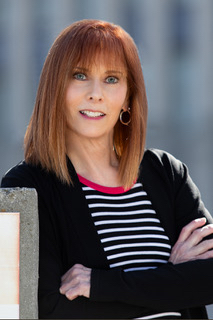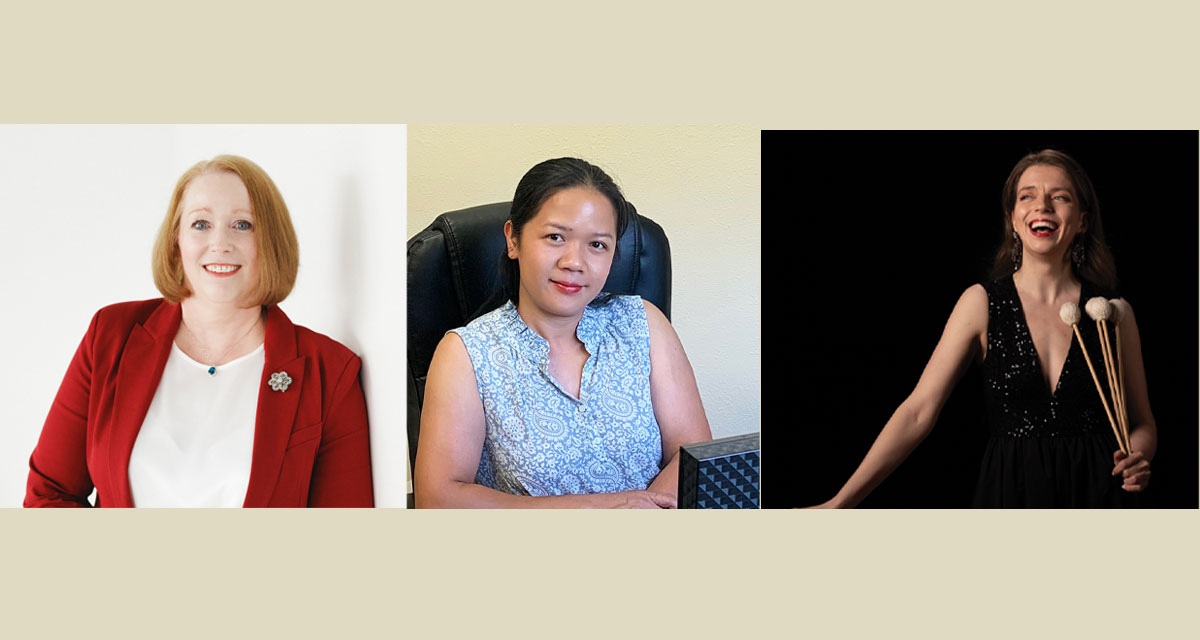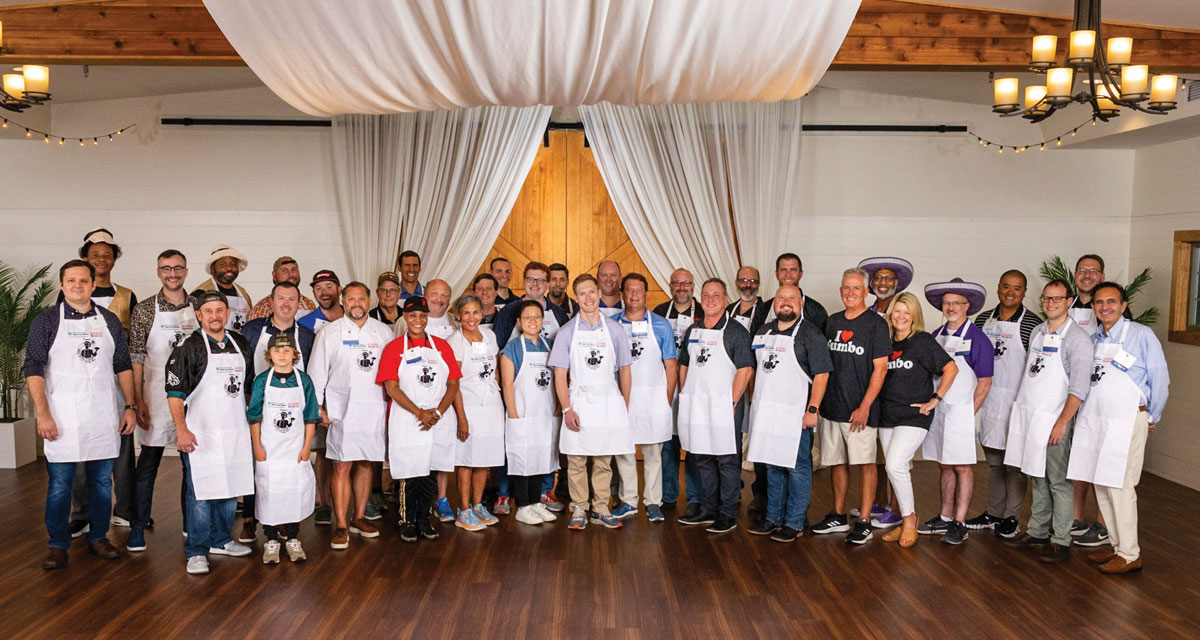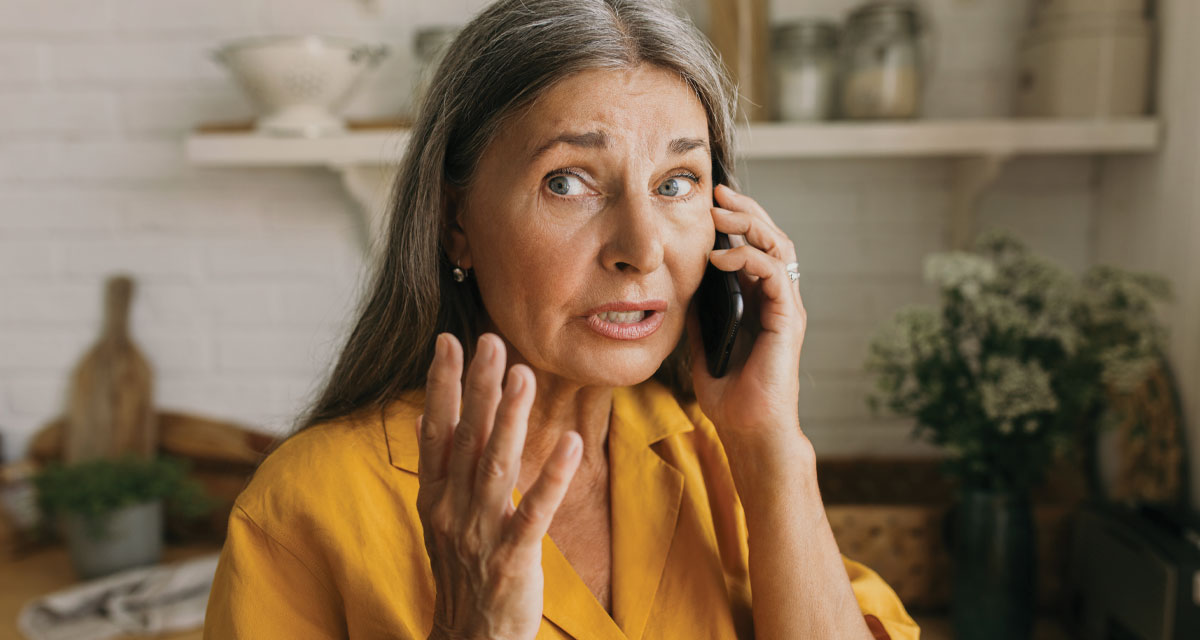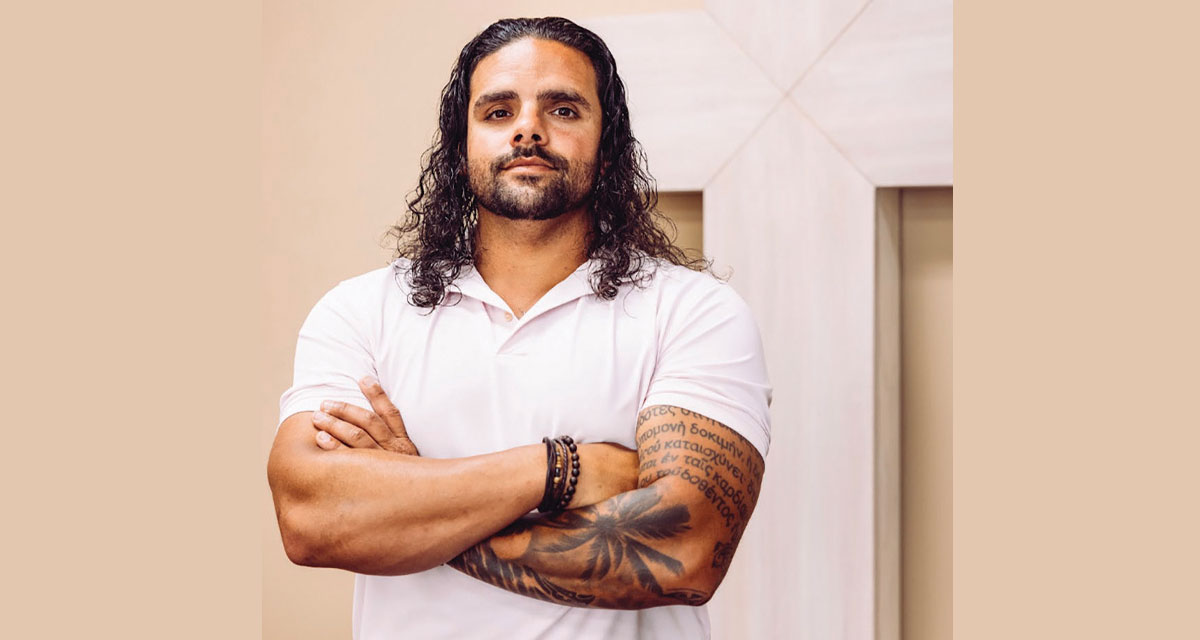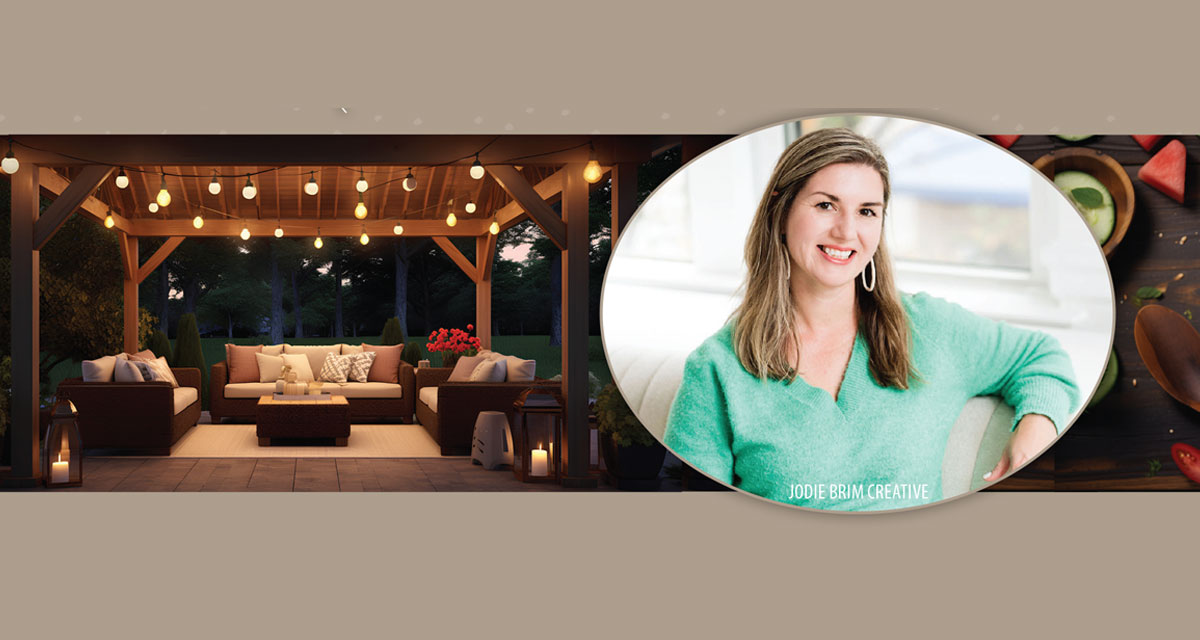What is blood pressure?
Blood pressure is the force of your blood as it pumps through your body. Blood pressure is expressed as a fraction such as
120
80
The top number is the pressure exerted on your vascular system when your heart contracts. This is the systolic pressure. The bottom number is the pressure exerted when your heart rests between beats. This is the diastolic pressure.
What is “high” blood pressure?
High blood pressure is called hypertension. According to the American Heart Association guidelines, which were updated in 2017, a systolic pressure of 130 is now considered high. (Previous guidelines defined “high” as a systolic pressure of 140 for those younger than 65 and 150 for those 65 and older.)
The new guidelines were created following the Systolic Blood Pressure Intervention Trial (SPRINT), which was conducted at about 100 medical centers and practices across the country, including Wake Forest Baptist Medical Center locally. More than 9,300 people took part in SPRINT, including about 400 Winston-Salem area residents.
According to the updated AHA guidelines (see chart below), many more people now have blood pressure that has been redefined as high.
Why is high blood pressure a concern?
High blood pressureplaces an extra burden on your heart and blood vessels. Over time, high blood pressure can pave the way for very serious problems such as:
Heart attack Stroke
Vision loss Memory loss
Kidney disease Sexual dysfunction
High blood pressure also damages the lining of the blood vessels, allowing “bad” cholesterol to build up in the artery walls. Over time, this buildup of plaque can reduce blood flow to the heart and brain.
How do I know if I have high blood pressure?
Many people have high blood pressure and don’t know it. That’s because high blood pressure typically has no symptoms. (Extremely high blood pressure may cause headaches, vision problems, or chest pain.) Typically, the only way to know if you have high blood pressure is to measure it with a blood pressure cuff. If you only see a doctor once a year, it’s wise to take your own blood pressure from time to time. If you don’t own a blood pressure machine, you can use the automated machine found in many grocery stores, gyms, community centers, or pharmacies. But did you know there’s a right way and a wrong way to take your blood pressure?
Here’s the right way:
- Don’t consume caffeine or alcohol for 30 minutes before taking your blood pressure.
- Sit with your feet flat on the floor and your back supported. Do not cross your legs.
- Support your arm so your elbow is at or near heart level.
- Place the cuff over bare skin.
- Relax and sit silently for five full minutes before you begin.
- Do not speak while the machine is working.
After the cuff deflates, leave it in place, wait one minute, and then take a second reading. If the results are close, average them. If not, take a third reading and then take an average.
Is there anything I can do to lower my blood pressure?
Yes! There are five lifestyle changes you can make to lower your blood pressure naturally. Even if you currently control your blood pressure with medicine, you will still greatly benefit from making these changes.
To lower blood pressure naturally:
| What to Do | Why it Helps | Action Step |
|
Maintain a Normal Weight |
Blood pressure tends to rise as weight increases. Being overweight puts extra strain on your heart and increases your risk for high blood pressure.
|
For many people, losing as little as 10 pounds lowers blood pressure. If you’re not sure what weight to aim for, or what the best weight loss method for you is, talk to your doctor. |
|
Be Physically Active |
Regular physical activity can lower systolic blood pressure by 4-9 mm/Hg, making it equal to the effect of some medicines.
|
Be moderately active at least 30 minutes a day most days of every week. Moderate activities include walking, biking, gardening, mowing the lawn, dancing, and swimming. All activity is helpful, even little things like taking the stairs or parking farther away.
|
|
Consume Less Sodium |
Sodium causes fluid retention, which increases the pressure on arteries, raising blood pressure. No one should consume more than 2400 milligrams of sodium (about a teaspoon) a day. Senior adults should consume even less—no more than 1500 milligrams daily.
|
Read the labels in your pantry and at the grocery store, do the math, and see how much sodium you consume in a day (you may be amazed!). Don’t add salt to your cooking; instead, flavor food with herbs and spices. Use more fresh ingredients and fewer pre-packaged “convenience” foods. |
|
Eat Healthy Food
|
According to the Mayo Clinic, you can lower your blood pressure by up to 11 mm Hg just by changing your diet! | To lower blood pressure, your menu should be rich in whole grains, fruits, vegetables, and low-fat dairy products and low on saturated fat and cholesterol. The best eating plan is the DASH diet (Dietary Approaches to Stop Hypertension). Google it!
|
|
Drink Alcohol in Moderation
|
Alcohol raises blood pressure. If weight is an issue for you, remember that alcoholic beverages are also high in calories. | If you drink alcohol, drink moderately: for women, only one drink a day; for men, no more than two. |


